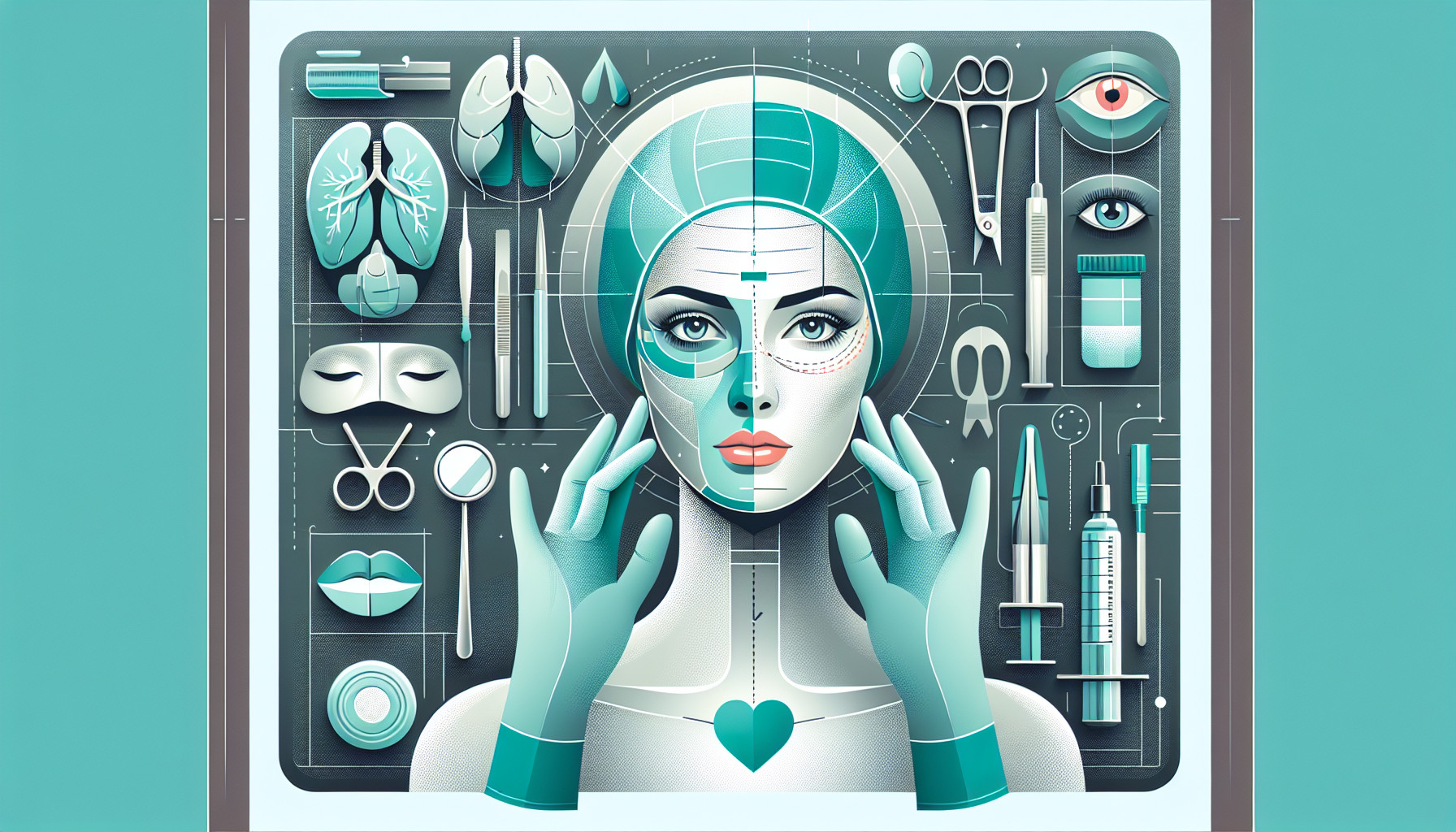Our Summary
This research paper is about a new approach to double-eyelid surgery, a procedure that’s very popular in East Asia. This new method, called selective neurovascular preservation (SNVP), aims to create a more natural and dynamic eyelid crease, while avoiding issues like rigid eyelids and visible scars.
During the surgery, a strip of muscle from the eyelid is removed, while the nerves and blood vessels are carefully preserved. Anchoring points are made between these nerves and vessels to reach a certain layer of the eyelid. Stitches are then placed on these points.
The method was tested on 385 patients from May 2018 to April 2020. The swelling in the eyelid typically went away within a week and completely disappeared in about 4 weeks. After six months, around 67% of patients were very satisfied with the results, while about 28% were satisfied.
The study concludes that the SNVP method is reliable and can create a natural eyelid crease with minimal scarring. It also preserves the vital nerves and blood vessels of the upper eyelid, which could reduce complications after surgery and the recovery period.
FAQs
- What is the Selective Neurovascular Preservation (SNVP) method in double-eyelid surgery?
- How does the SNVP method improve the results of double-eyelid surgery?
- What were the results of the study testing the effectiveness of the SNVP method?
Doctor’s Tip
A helpful tip a doctor might tell a patient about blepharoplasty using the selective neurovascular preservation (SNVP) method is to follow post-operative care instructions closely to ensure proper healing and optimal results. This may include keeping the area clean, avoiding strenuous activities, and attending follow-up appointments as scheduled. Additionally, it is important to be patient during the recovery process and allow time for swelling to subside and the final results to become apparent.
Suitable For
Patients who are typically recommended blepharoplasty, or double-eyelid surgery, include those who have excess skin and fat in the upper eyelids, which can cause drooping eyelids and make individuals appear older or more tired than they actually are. Additionally, individuals who have asymmetrical eyelids or desire a more defined eyelid crease may also benefit from blepharoplasty.
In the context of the SNVP method, patients who are looking for a more natural and dynamic eyelid crease, while avoiding issues like rigid eyelids and visible scars, may be good candidates for this new approach to double-eyelid surgery. The preservation of nerves and blood vessels in the upper eyelid during the SNVP procedure may be particularly beneficial for patients who are concerned about potential complications after surgery and want to minimize their recovery period.
Overall, patients who are seeking a more natural-looking result with minimal scarring and a shorter recovery time may find the SNVP method of double-eyelid surgery to be a suitable option for achieving their desired aesthetic goals.
Timeline
Before the blepharoplasty surgery, a patient typically consults with a plastic surgeon to discuss their goals and expectations. They may undergo a physical examination and provide their medical history. Pre-operative instructions are given, including refraining from certain medications and avoiding smoking.
During the surgery, the patient is typically given local anesthesia to numb the area. The surgeon makes incisions along the natural creases of the eyelids to remove excess skin, fat, and muscle. The incisions are then closed with sutures.
After the surgery, the patient may experience swelling, bruising, and discomfort around the eyes. They are advised to apply cold compresses and follow post-operative care instructions provided by the surgeon. Stitches are typically removed within a week.
In the weeks following the surgery, the swelling and bruising gradually subside, and the patient may begin to see the final results of the procedure. It can take several months for the eyelids to fully heal and for any scarring to fade.
Overall, blepharoplasty can provide a more youthful and refreshed appearance to the eyes, improving self-confidence and overall facial aesthetics.
What to Ask Your Doctor
Some questions a patient should ask their doctor about blepharoplasty using the SNVP method include:
- How experienced are you in performing blepharoplasty with the SNVP method?
- What are the potential risks and complications associated with this procedure?
- What is the expected recovery time and post-operative care for this type of surgery?
- Can you show me before and after photos of patients who have undergone blepharoplasty using the SNVP method?
- How long do the results of this procedure typically last?
- Will I need any follow-up appointments or additional treatments after the surgery?
- How much pain or discomfort can I expect during the recovery period?
- Are there any specific instructions I should follow before and after the surgery to optimize the results?
- What kind of anesthesia will be used during the procedure?
- How much does blepharoplasty with the SNVP method typically cost, and is it covered by insurance?
Reference
Authors: Shen X. Journal: Aesthetic Plast Surg. 2022 Feb;46(1):241-247. doi: 10.1007/s00266-021-02418-w. Epub 2021 Jun 23. PMID: 34160671
